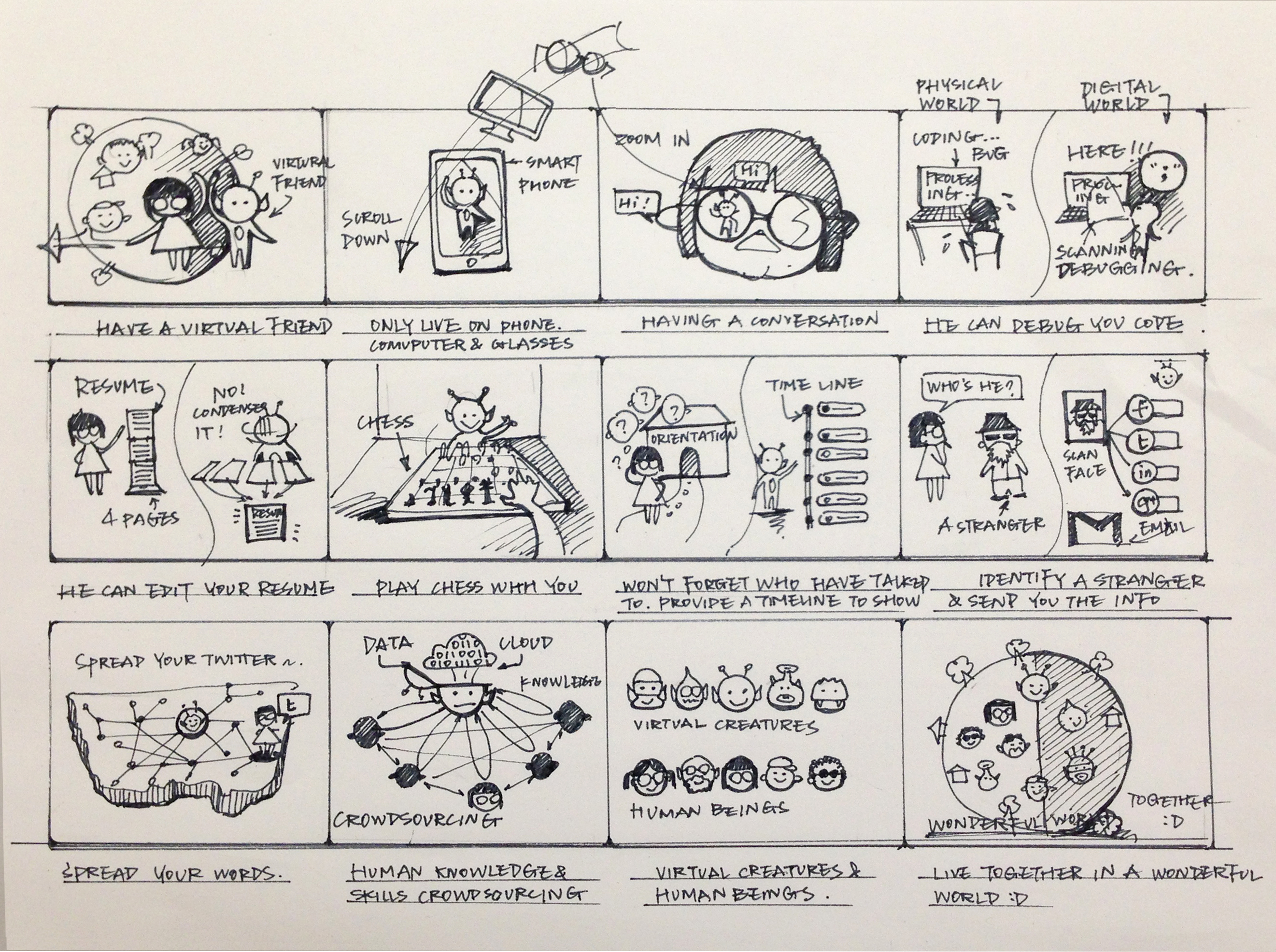There are three primary factors that UX Designers are concerned with.
Usability
Usability is the number one priority of the UX Designer. The functionality of the site should be as easy as possible and the user should be able to predict what actions they will take next. For example, reducing the amount of input requested from users, predicting potential mistakes, and figuring out what solutions may be needed are essential for a successful website.
Feel
The site should be developed in such a way that the user "feels" happy about using the site. This requires the designer to consider the experience beyond functionality. The designer should consider how the user might feel about the content and present it in a way that creates a positive experience for the user.
Look
From a design standpoint, the goal is to create a site that is visually appealing and relates to the user's expectations. This involves making wireframes, mockups and style guides. The look must reflect the values and expectations that the user has about the content of the site.


